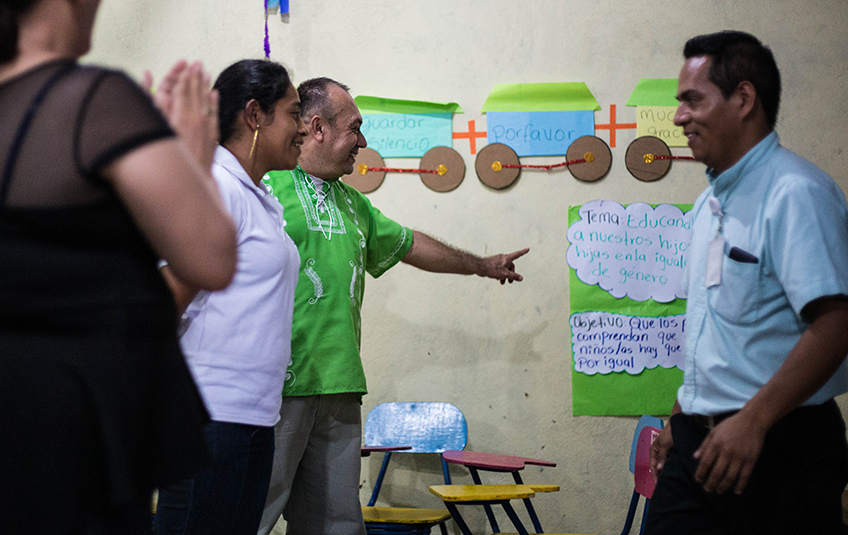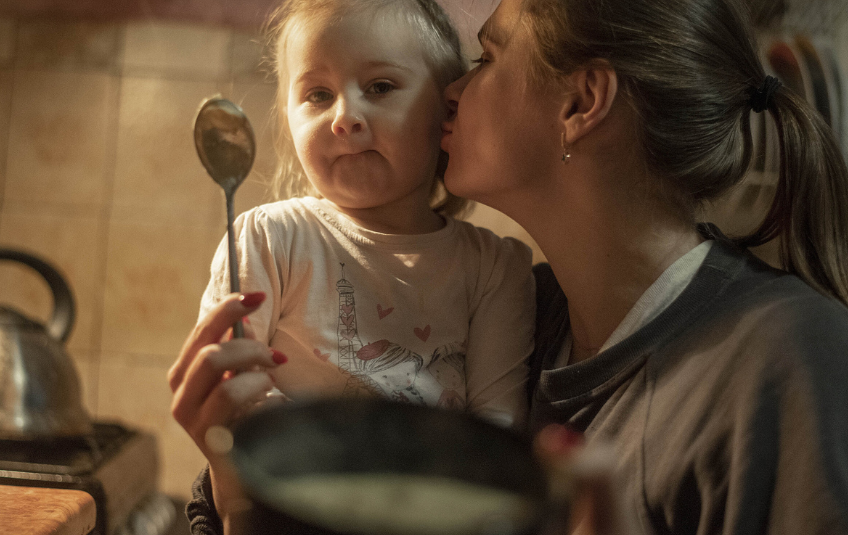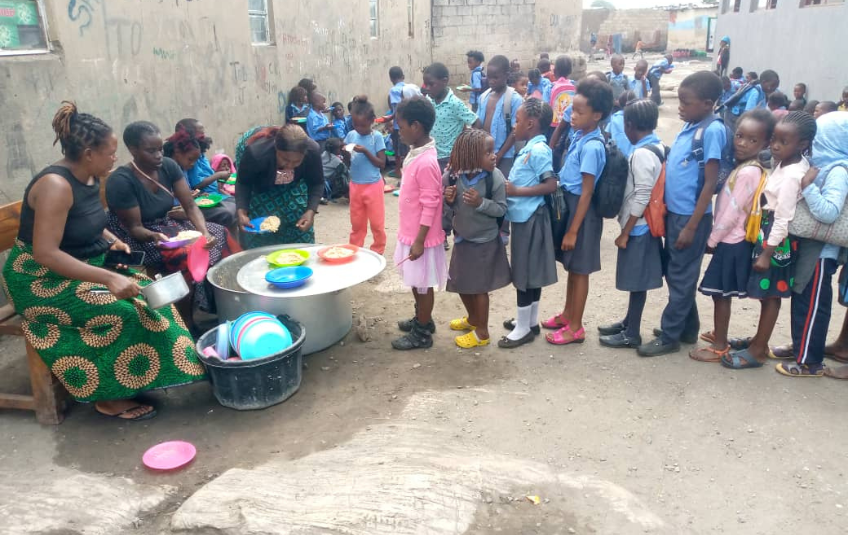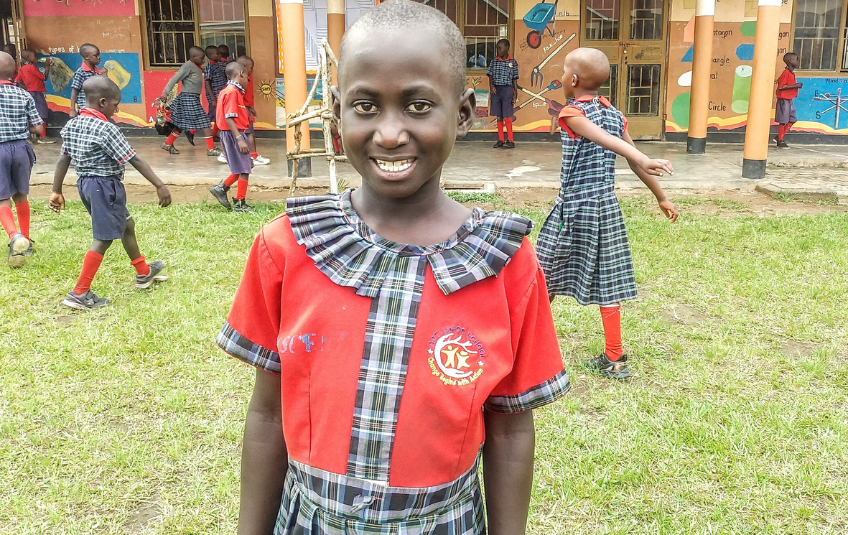The Feed
Stories of Feeding God's Children Hungry in Body & Spirit
Grade school children practice their reading and writing in a small, tidy classroom in Kokomo, a village in the mountains two hours north of Nicaragua’s capital.
Behind the children, a poster hangs on the wall. It reads:
Theme: educating our sons and daughters in gender equality
Goal: that parents understand that children need to be treated equally
The after school program is part of FMSC partner, ORPHANetwork’s, mission to break cycles of poverty by working through the local church.
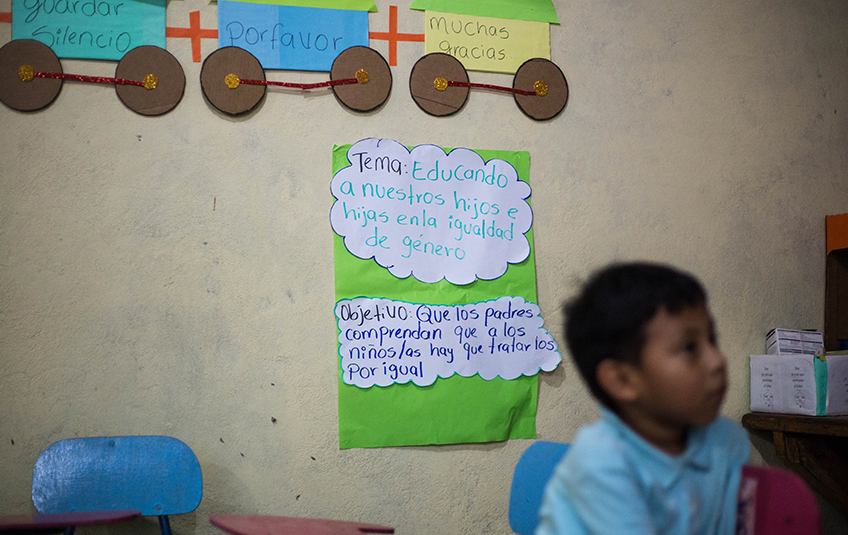
Many of the kids in Emmanuel Church’s after school program suffer from acute malnutrition, lice and other diseases. ORPHANetwork provides MannaPack Rice™ to the church monthly.
ORPHANetwork believes that Nicaraguans must solve the problems of Nicaragua. Because so much of the work they do is through fellow Nicaraguans, the organization understands some of the issues at the core.
A Culture of Machismo
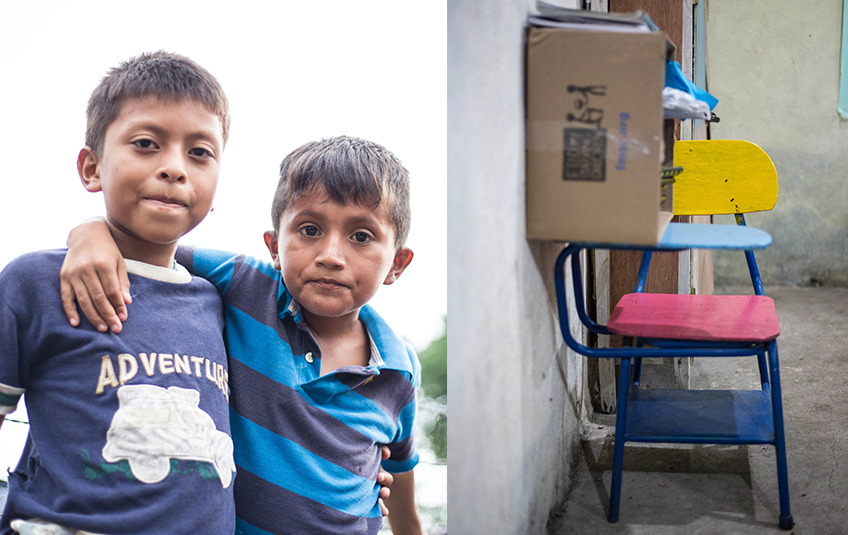
One such issue is machismo.
Machismo is typically understood as male dominance. Many communities use the term to describe responsible male traits like presence of mind, stoicism and bravery, according to “Machismo,” a paper printed by Oxford University Press.
In Nicaragua, the first definition applies.
“Machismo is really big in the rural communities. The girls grow up in it. They don’t know the difference. They think, ‘He’s the man so he’s the boss,’” Nicaragua Director for ORPHANetwork, Eddy Morales, said.
Nicaragua has not been able to escape the rooted culture of machismo and the high prevalence of gender-based violence that prevails throughout Latin America, according to a 2012 USAID gender analysis report.
“The culture of machismo is enforced from birth for boys and girls by their parents, formal education, institutions, and society at large,” the report continues.
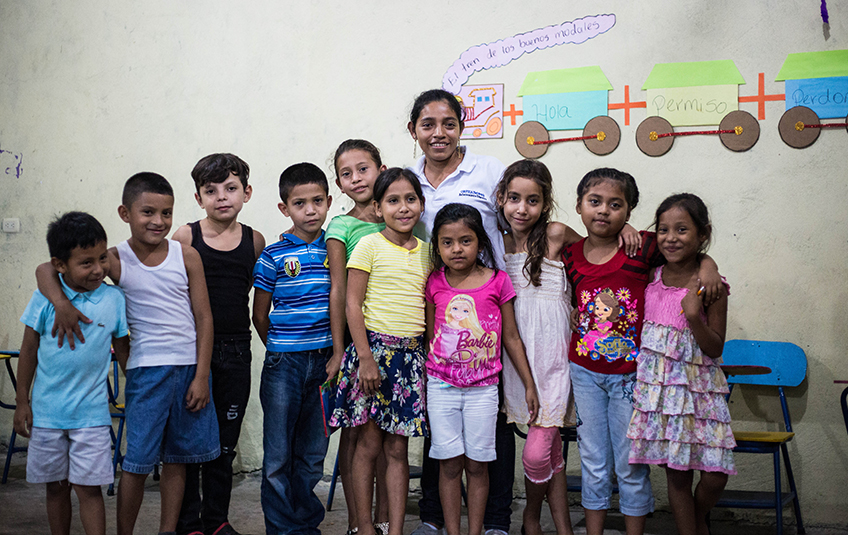
And this thinking is not harmless.
The culture of machismo fuels the fire of gender-based violence, especially in food insecure areas such as the Nicaragua’s North Central Region, according to USAID.
Gender-based violence against women and girls in Nicaragua got worse last year, according to Amnesty International’s most recent The State of the World’s Human Rights Report, published in February.
Nicaragua saw 55 gender-based killings of women in 2017, according to the NGO Catholics for the Right to Decide. The NGO found that the killings were more brutal than in previous years and tended to be committed by perpetrators acting in groups, according to the Amnesty report.
Education is Key
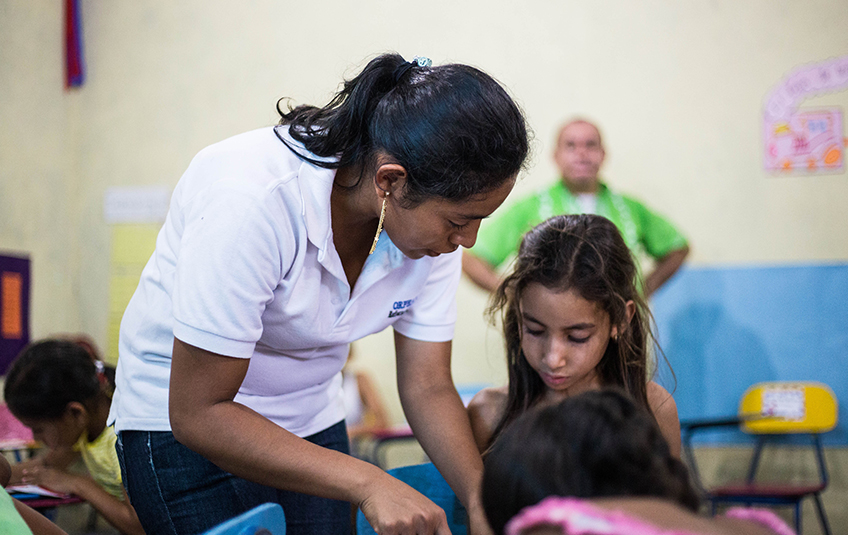
Not only does Emmanuel Church start educating boys and girls about gender equality at an early age, they are also educating their parents.
“My work is to help the kids with any doubts they have about school and teach them how to read and to educate our kids in equality of gender,” Zeidy, the after school program facilitator, said. “We developed this program for the parents to help their kids find their identity so the current generation won’t be like the past generation.”
The Global Gender Gap Index benchmarks national gender gaps on economic, political, education and health criteria. Since 2006, Nicaragua is one of the top 10 fastest-improving countries in this area, according to the World Economic Forum.
We are so grateful for our partnerships like ORPHANetwork and Convoy of Hope that have specific programs in place to address this need in Nicaragua. And because of you, pastors and teachers who work with ORPHANetwork can focus on education rather than finding food.
Subscribe to The Feed
We'll periodically send stories of hope to your inbox.

